Explore the best places
Outdoor activities in Calheta de São Jorge
Trilho Pedestre Fajã dos Vimes - Lourais - Fajã de São João (PR3)
- country
Fajã dos Vimes
9850-213, Calheta
The trail begins at the portinho da Fajã dos Vimes and follows along the coast toward the Fajã dos Bodes and then towards the Lourais, passing through a thicket of incense and beech. The route continues toward the Fajã de São João, a very characteristic village, where small houses, narrow streets and traditional sidewalk create a unique ambience and very enjoyable. In this fajã there is also a small fishing port.
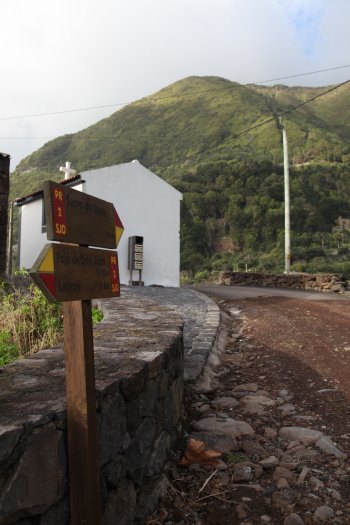
Fajã do Mero
- heritage
Fajã do Mero
9850-105, Calheta
Also known as Fajã da Ponta Grossa, is situated between the Fajã Chã and Fajã das Funduras. The access is done during half way on dirt and on the other half, a shortcut that descends from Norte Pequeno, or, Alternatively, the paths of fajã da Crags. There are few homes and a few barns in ruins. Although not inhabited, the inhabitants of the North Small move up here to cultivate vines, potatoes, beans and pumpkins.
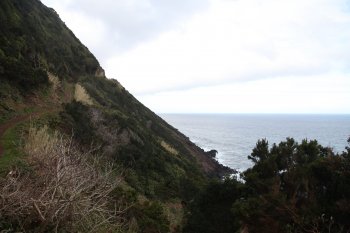
Fajã da Neca
- heritage
Fajã da Neca
9850-102, Calheta
Small fajã located west of Fajã das Pontas, where there's a handful of houses, some with cistern. Passes through here-although only in winter-a small ribeira. The access path is steep but offers fantastic views.
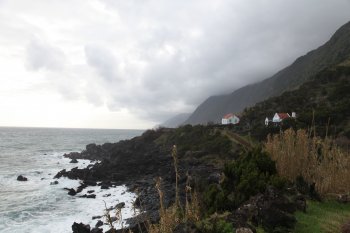
Fajã das Pontas
- heritage
Fajã das Pontas
9850-104, Calheta
Access to this fajã is through the path of Fajã da Crags. There are still several houses, barns, a fountain and a port with great conditions. Agriculture marks a strong presence mainly vines and cornfields.
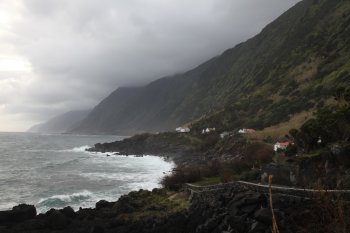
Fajã do Cardoso
- heritage
Fajã do Cardoso
9875, Topo
Access to this fajã, located between Fajã do Cruzal and Fajã da Saramagueira, through a difficult path for Canada to Sao Tome. Despite the necessary caution not to slip, don't forget to enjoy the superb views. The vine is the main culture of this fajã having here existed, inclusive, eight wineries. Currently, is almost completely abandoned.
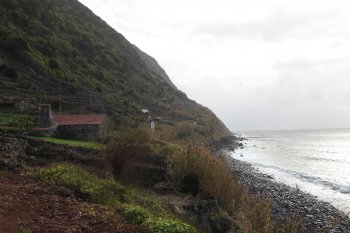
Fajã da Fragueira
- heritage
Fragueria
9850, Calheta
This small fajã is currently uninhabited, although he continued to be used by the inhabitants of the nearby village of Portal to grow corn and sweet potatoes. There are also several fruit trees and vineyards, the wine being considered one of its ex-libris. One of the most illustrious ancient inhabitants was the maestro Francisco de Lacerda, who is believed to have been born in one of these houses.
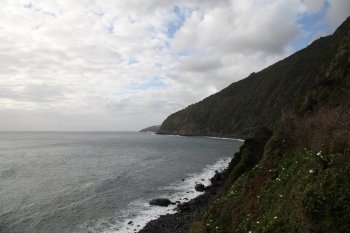
Fajã dos Bodes
- heritage
Fajã dos Bodes
9850-210, Calheta
The name of this fajã da ribeira who comes here runs and that, for a long time, have overflowed and dragged its waters a goat. Has several houses inhabited seasonally and other in ruins, and a small port. Access is via the estrada da Fajã dos Vimes.
